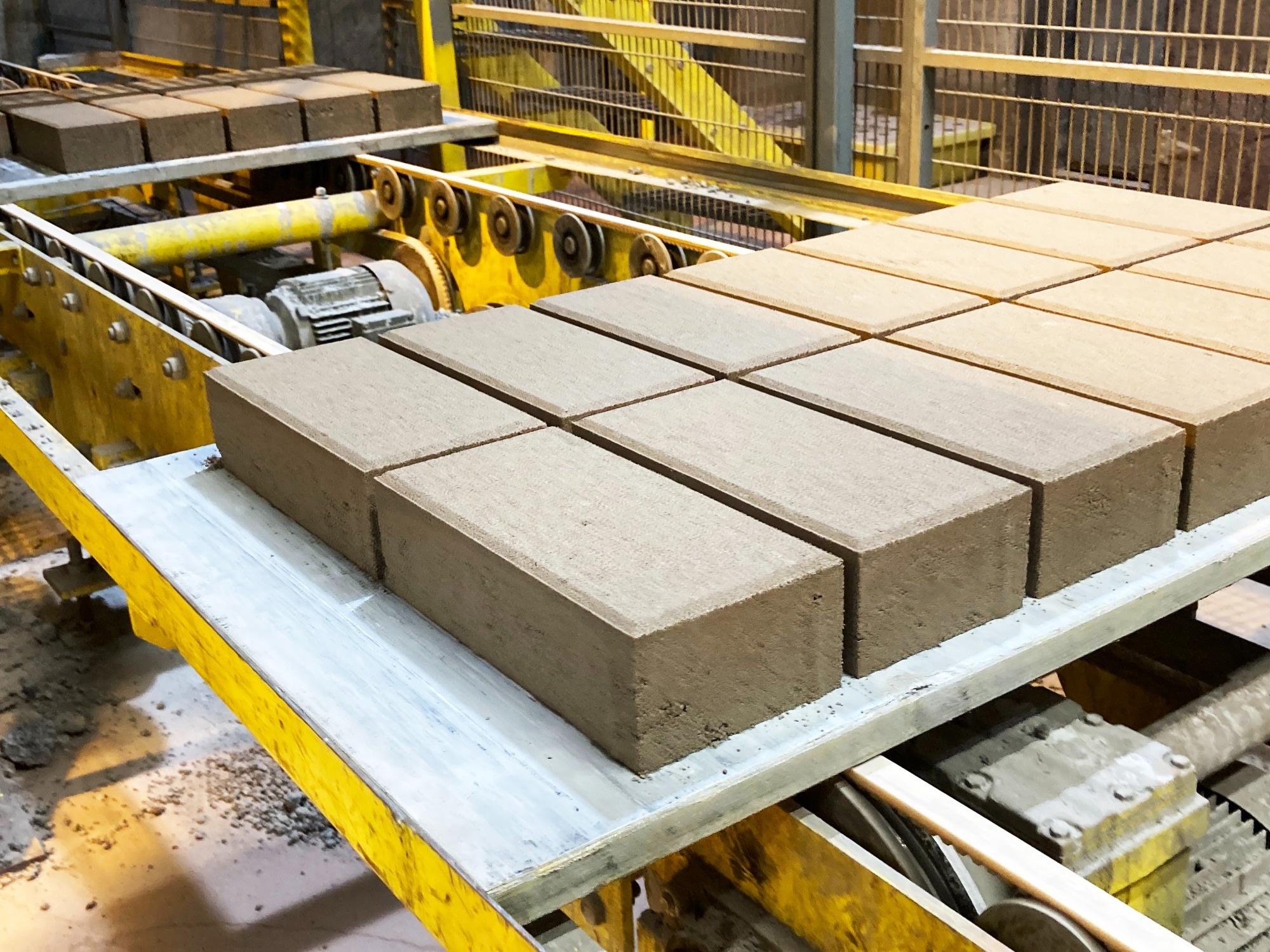The world demands new ideas to reduce the carbon footprint of construction processes. Concrete is one of the single most significant emitters of carbon dioxide. VTT’s Carbonaide project has created a new method for producing carbon-negative concrete that will potentially have a huge impact on the global environment.

Yard tiles made with Carbonaide technology at Rakennusbetoni Oy's factory. Image Credit: VTT
The European Research and Technology Organizations (EARTO) awarded VTT and its technology first prize in the category of Impact Expected. The award will be presented on October 12th, 2022, in Brussels.
Carbonaide’s solution relies on an efficient carbonation technology that allows carbon dioxide to be bound into concrete blocks via an automated system at atmospheric pressure.
The method is compatible with the current manufacturing processes of concrete. It can be used for manufacturing all precasted concrete elements and products.
Tapio Vehmas, Senior Scientist, VTT
Tapio Vehmas is the leader of the Carbonaide team.
Concrete with a negative carbon footprint can be produced by using industrial side streams in the process rather than regular cement. Steel industry slags, green liquor dregs, and bio-ash have all been effectively combined in a laboratory setting.
This process produced concrete with a negative estimated carbon footprint of −60 kg/m3 of concrete. Conventional concrete has a carbon footprint of 250–300 kg/m3. The distinction was significant.
The Solution is Scalable and Economically Viable
Carbonaide is now commercially viable and ready for industrial production. Carbonaide has researched the commercialization of the method with funding from Business Finland, and the commercial spin-off is moving forward with the help of the VTT LaunchPad business incubator. All parties have found the technology to be successful and economically viable.
The details of the solution based on binding carbon dioxide have been specified within the work in the business incubator. We have shifted the focus of the technology further from the materials and developed the process from the commercial angle. Thanks to these changes, the method is now more scalable.
Tapio Vehmas, Senior Scientist, VTT
The approach has been successfully piloted, and the first objects using this technology have been finished with Hollola’s Rakennusbetoni- ja Elementti Oy and the construction company Skanska. Rakennusbetoni- ja Elementti Oy employed the technology to create carbon-negative yard paving, which was installed this fall at Skanska’s construction site.
The collaboration’s goal is to pilot carbon-negative construction and gather data on material behavior. The active monitoring of the pilot and its results provides the foundation for planning industrial production.
Significant Market Potential
The global market for concrete products and elements is rapidly expanding and now exceeds 370 billion US dollars per year. Carbonaide’s technology has a large market potential as a result of this.
The solution also has a market in the carbon dioxide emission trade. Carbonaide’s business model is to collect carbon dioxide from emissions trading platforms and use it to improve technology. As a result, binding carbon dioxide opens up a new market for the business.
Carbonaide’s goal is to have 100 units of the device placed all over the world by 2030. The aim is to bind approximately 500 megatons of carbon dioxide per year by 2050, which equates to 10–20% of the concrete market.
Carbonaide aims for carbon negative concrete technology
Video Credit: VTT